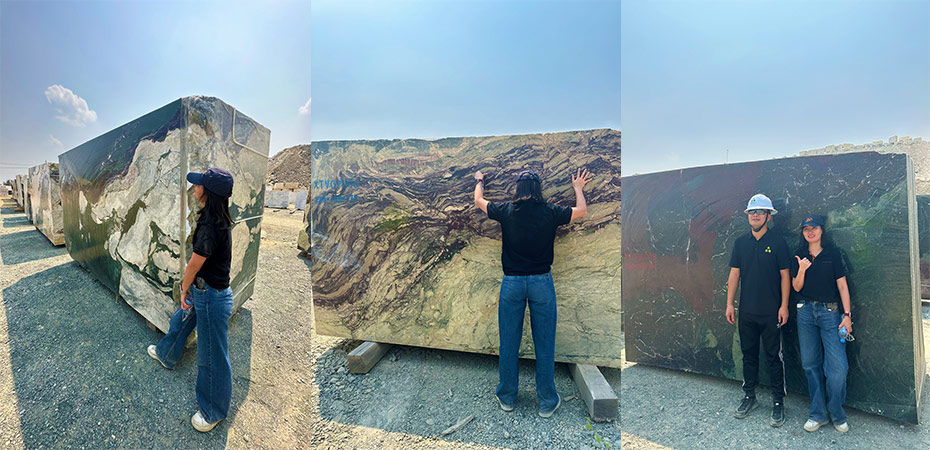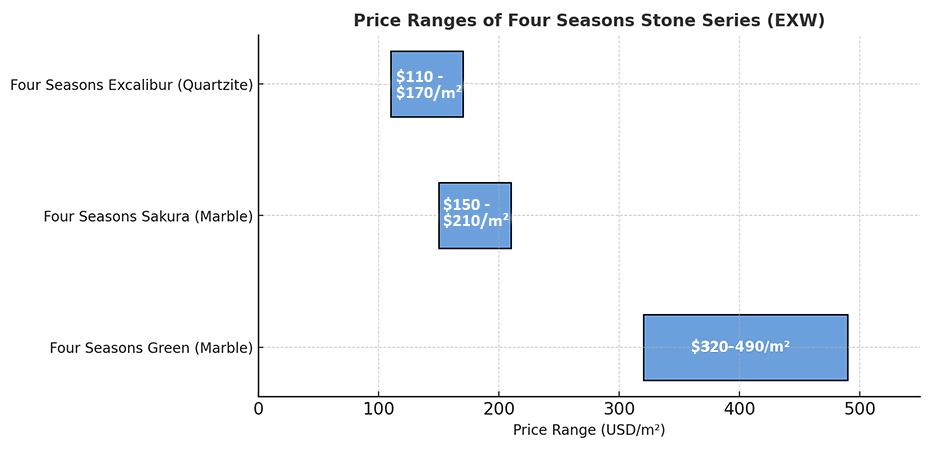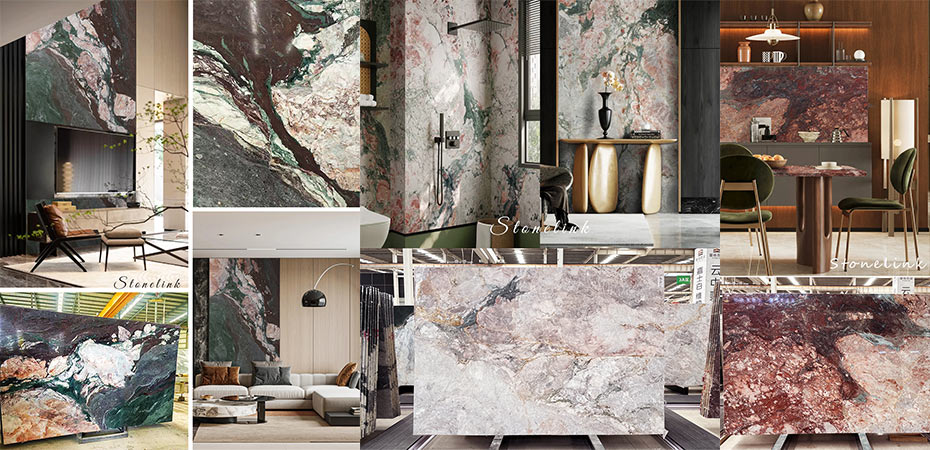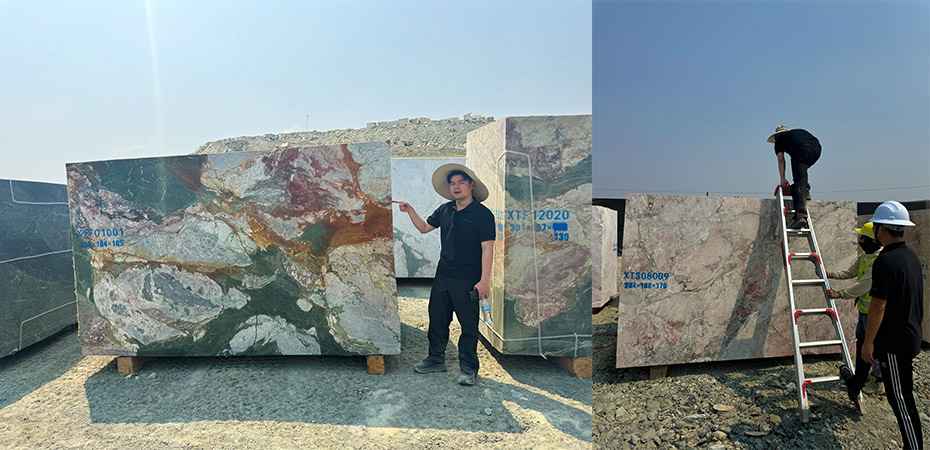What Are You Looking For?
What Are the Key Characteristics of Natural Stones Named 'Four Seasons'?
Jun 23, 2025In the natural stone industry, names are more than marketing, which means many reflect aesthetic features, geological origin, or even the emotional experience a surface evokes. Among such naming conventions, the term "Four Seasons" has emerged as a popular descriptor across several stone varieties. While not referencing a single material, "Four Seasons" natural stones share a set of visual and performance characteristics that make them distinctive within the industry.
This blog explores the common traits, geological diversity, market segmentation, and practical applications of stones named "Four Seasons," offering a reference point for architects, designers, fabricators, and stone distributors.

1. "Four Seasons": General Name for a Style of Stone
Stones bearing the name "Four Seasons" are not from a single quarry or confined to one country. Instead, the name is applied across multiple stone types, mostly marble and quartzite, or other metamorphic rocks that share multicolor complexity, natural contrast, and a dynamic visual rhythm. The name draws inspiration from the shifting tones and textures seen throughout spring, summer, autumn, and winter, translating that seasonal diversity into surface design.
As a result, the "Four Seasons" family may include:
Four Seasons Green: predominantly green with veins of red, gold, or purple
Four Seasons Sakura: subtle gray-pink base with golden or cream-colored veining
Four Seasons Pink: highly colorful base with dramatic flowing patterns
Four Seasons Violet: deep burgundy or purple tones mixed with multicolor swirls
Four Seasons Excalibur: different color blocks are inlaid together like gemstones
Each of these names corresponds not just to color, but to emotionally evocative compositions, often selected for artistic or statement-making applications.

2. Multicolor Harmony and Visual Depth
The most defining feature of any "Four Seasons" stone is its rich color palette. These stones tend to combine three or more of the following tones:
Green (light jade to deep forest)
Red or burgundy
Gold, beige, or amber
Gray or lavender accents
Cream or pale pink bases
Their patterns are often non-directional, with wave-like or cloud-like movement, making them suitable for bookmatching, wall features, or large-format surfaces.
From an aesthetic perspective, this complexity allows them to adapt to various interior styles—from maximalist luxury to earthy biophilic design.

3. Price Range and Market Perception
The pricing of "Four Seasons" stones varies based on:
Visual impact (color contrast, composition)
Block yield (usable slab ratio from raw blocks)
Rarity of color combinations
Type of stone and processing cost
For example:
Standard Four Seasons Green marbles may range between $320 - $490/m² EXW
Four Seasons Sakura, due to its soft tones and wider availability, typically falls in the $150 - $210/m² range
Highly artistic Four Seasons quartzites with vivid color transitions or bookmatched potential may command $110 - $170/m² or more
While not among the rarest stones in the world, well-composed slabs with balanced veining and vibrant contrast are highly sought-after by designers, especially for high-visibility installations.

4. Ideal Applications in Design Projects
Four Seasons stones are ideal for projects that demand strong visual identity and natural storytelling. They're often specified for:
Feature walls in lobbies, lounges, and residences
Custom-made island countertops and vanity tops
Hotel and spa interiors seeking a serene, nature-inspired ambiance
Large-scale bookmatched panels in public spaces or art installations
Their aesthetic versatility allows them to function either as bold focal points or elegant background textures depending on lighting and finish.

5. Sourcing Considerations
Suppliers of Four Seasons stones are typically based in stone processing hubs such as China, Italy, or Brazil. However, as these stones are not tied to a single geological formation, consistent sourcing requires close quality control, especially for projects requiring large quantities or color consistency.
Quarry-direct partnerships, stable block access, and preselection of slabs are critical when working with Four Seasons materials at scale.
"Four Seasons" natural stones represent more than a product, they reflect a design language rooted in natural beauty, seasonal transformation, and expressive aesthetics. While the name spans multiple stone types and global sources, what unites them is their ability to evoke emotion through rich color, organic movement, and depth of texture.
For stone professionals, understanding the material diversity, pricing logic, and sourcing practices behind Four Seasons stones is key to delivering successful design outcomes, whether for residential luxury or commercial excellence.